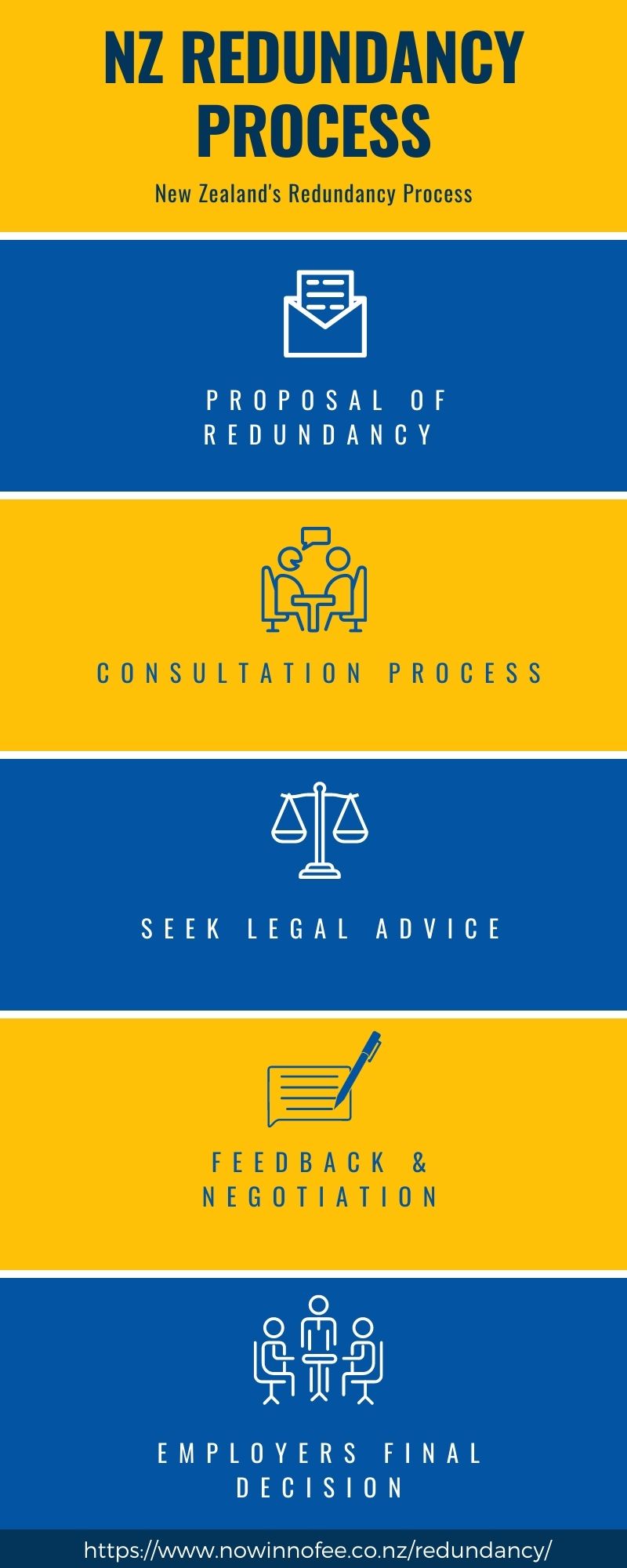If a Company Goes Bust Who Pays Redundancy? Legal Insights for UK Worker
If a Company Goes Bust Who Pays Redundancy? Legal Insights for UK Worker
Blog Article
Checking Out the Operational Characteristics of Company Redundancy and Its Long-Term Sustainability

Redundancy Strategies for Service Connection
In order to guarantee nonstop operations, companies must carry out reliable redundancy techniques for company connection. Redundancy in this context refers to the replication of critical components or functions within a system to alleviate the effect of potential failures. By incorporating redundancy techniques, organizations can boost their resilience against disruptions triggered by different aspects such as natural disasters, equipment failures, or cyber-attacks.
One common redundancy technique is the application of back-up systems and data storage space solutions. This entails creating duplicates of crucial data and systems that can be turned on in instance of a main system failing. In addition, companies can develop repetitive interaction networks and power resources to preserve connectivity and operations throughout unexpected events.
Moreover, cross-training employees to perform multiple roles within the company can offer as a beneficial redundancy approach. If key employees are inaccessible due to health problem or other factors, this makes sure that necessary tasks can still be carried out also. In general, effective redundancy approaches are essential for organizations to support operational connection and minimize the impact of possible interruptions.
Impact of Redundancy on Business Resilience
Provided the important function redundancy techniques play in making sure company continuity, discovering the impact of redundancy on business resilience comes to be essential for recognizing the holistic functional characteristics of a company. Organizational durability describes an entity's capability to adjust to disturbances, recuperate from setbacks, and transform when essential while maintaining core functions. Redundancy, when strategically applied, can considerably add to enhancing an organization's strength in the face of unforeseen obstacles. By having backup systems, personnel, or procedures in position, business can much better withstand shocks and continue operations with minimal interruption.
Moreover, redundancy can bolster worker spirits and self-confidence, recognizing that there are contingency plans in position to resolve unforeseen circumstances. This complacency can result in enhanced productivity and a more positive work environment. Additionally, redundancy can cultivate technology and creative thinking within a company as staff members really feel equipped to take calculated risks, recognizing that there is a safeguard to support them in case of failing. In general, the impact of redundancy on organizational strength is extensive, forming the lasting sustainability and success of a firm.
Stabilizing Effectiveness and Flexibility in Redundancy
Accomplishing a harmonious equilibrium between operational effectiveness and flexible versatility is a pivotal obstacle in the tactical release of redundancy within organizations. Reliable procedures are crucial for preserving performance and cost-effectiveness, making sure that sources are used optimally. Nonetheless, excessive emphasis on performance alone can lead to strength, making it tough for companies to adapt to unanticipated changes or difficulties. On the other hand, versatility permits organizations to respond nimbly to advancing situations, cultivating development and durability. Yet, also much flexibility without a small business closing employee rights uk strong operational foundation can lead to inadequacies and incongruity.
To stabilize efficiency and adaptability in redundancy preparation, companies have to very carefully examine their operational needs, market dynamics, and calculated goals. Inevitably, locating the appropriate equilibrium between effectiveness and flexibility is critical for constructing a sustainable and resistant company in the face of uncertainty.
Long-Term Sustainability With Redundancy Planning
To ensure enduring stability and stability, organizations need to purposefully align their redundancy preparation with lasting sustainability objectives, therefore harmonizing operational efficiency with adaptive flexibility. Lasting sustainability through redundancy planning involves more than just temporary cost-cutting actions. It calls for a detailed tactical method that prepares for future difficulties and opportunities. Companies must check out redundancy not as a responsive solution to prompt troubles but as a positive method for long-term success. By incorporating redundancy planning with sustainability purposes, organizations can create a durable framework that can stand up to various market changes and internal changes.

Proactive Actions for Sustainable Business Procedures
Just how can business proactively boost their operational sustainability for lasting success? Applying aggressive steps is crucial for business aiming to make sure lasting procedures.
Furthermore, promoting a society of continuous renovation and understanding within the organization can boost adaptability to changing market conditions and customer demands. Urging employee participation in decision-making procedures and providing opportunities for professional growth can improve morale, performance, and general efficiency. Developing clear objectives, monitoring crucial efficiency signs, and consistently reviewing development are crucial elements of proactive sustainability management.
Collaborating with providers, consumers, and other stakeholders to promote sustainable methods throughout the supply chain can produce a surge impact of positive influence - redundancy pay if company goes bust. By taking proactive actions towards operational sustainability, business can build durability, drive advancement, and protect their long-lasting success in an ever-evolving service landscape
Verdict

In the realm of business administration, the tactical implementation of business redundancy stands as a pivotal yet intricate method that demands a fragile equilibrium in between operational performance and lasting stability. By exploring the functional characteristics that underpin company redundancy and examining its more comprehensive ramifications for organizational durability and adaptability, a nuanced understanding of how redundancy methods can form the future trajectory of a company begins to unravel.Provided the crucial duty redundancy strategies play in making certain company continuity, checking out the impact of redundancy on business durability becomes imperative for understanding the alternative functional characteristics of a company. On the whole, the influence of redundancy on business resilience is profound, shaping the long-term sustainability and success of a business.
In verdict, comprehending the functional dynamics of company redundancy is vital for making certain long-term sustainability.
Report this page